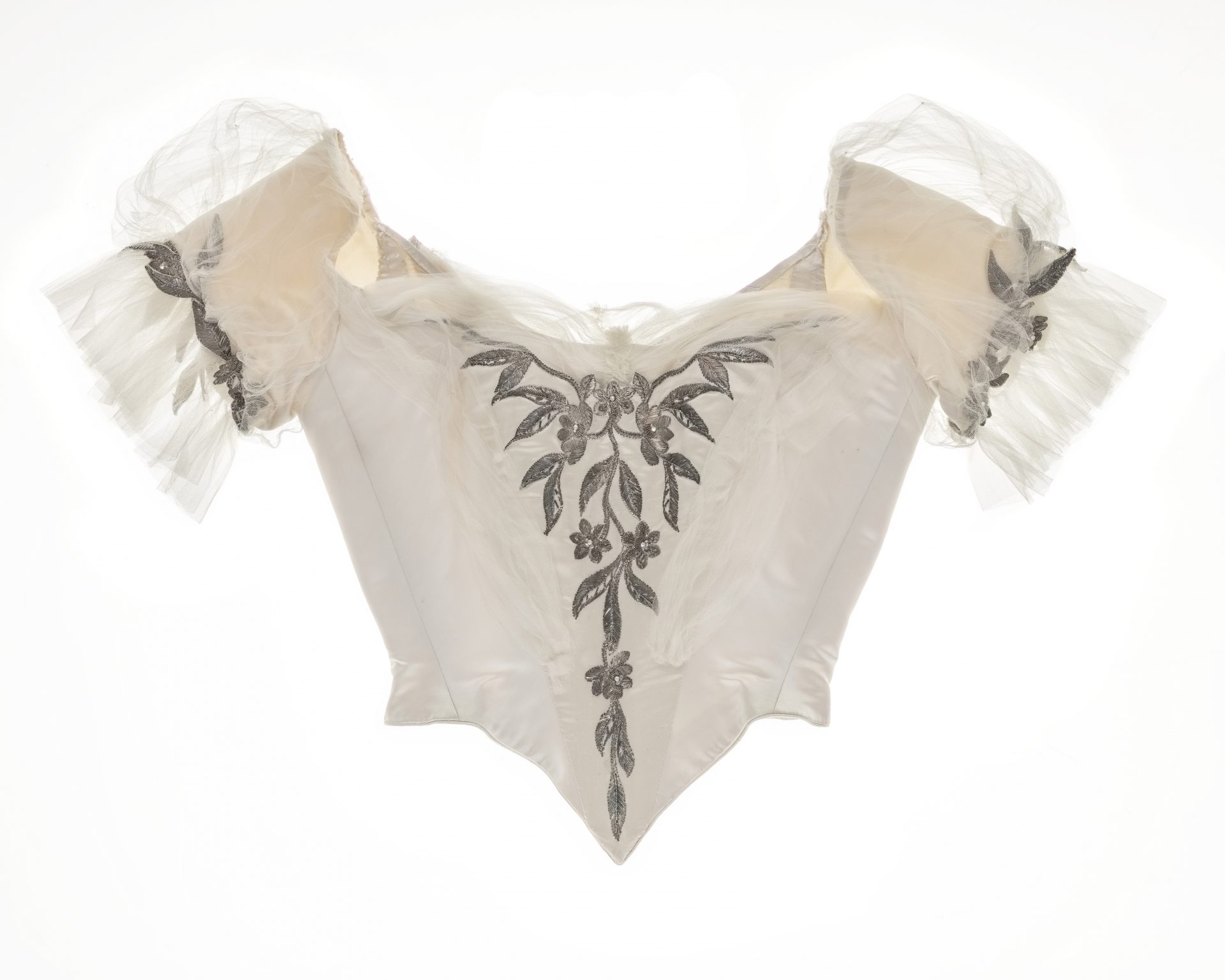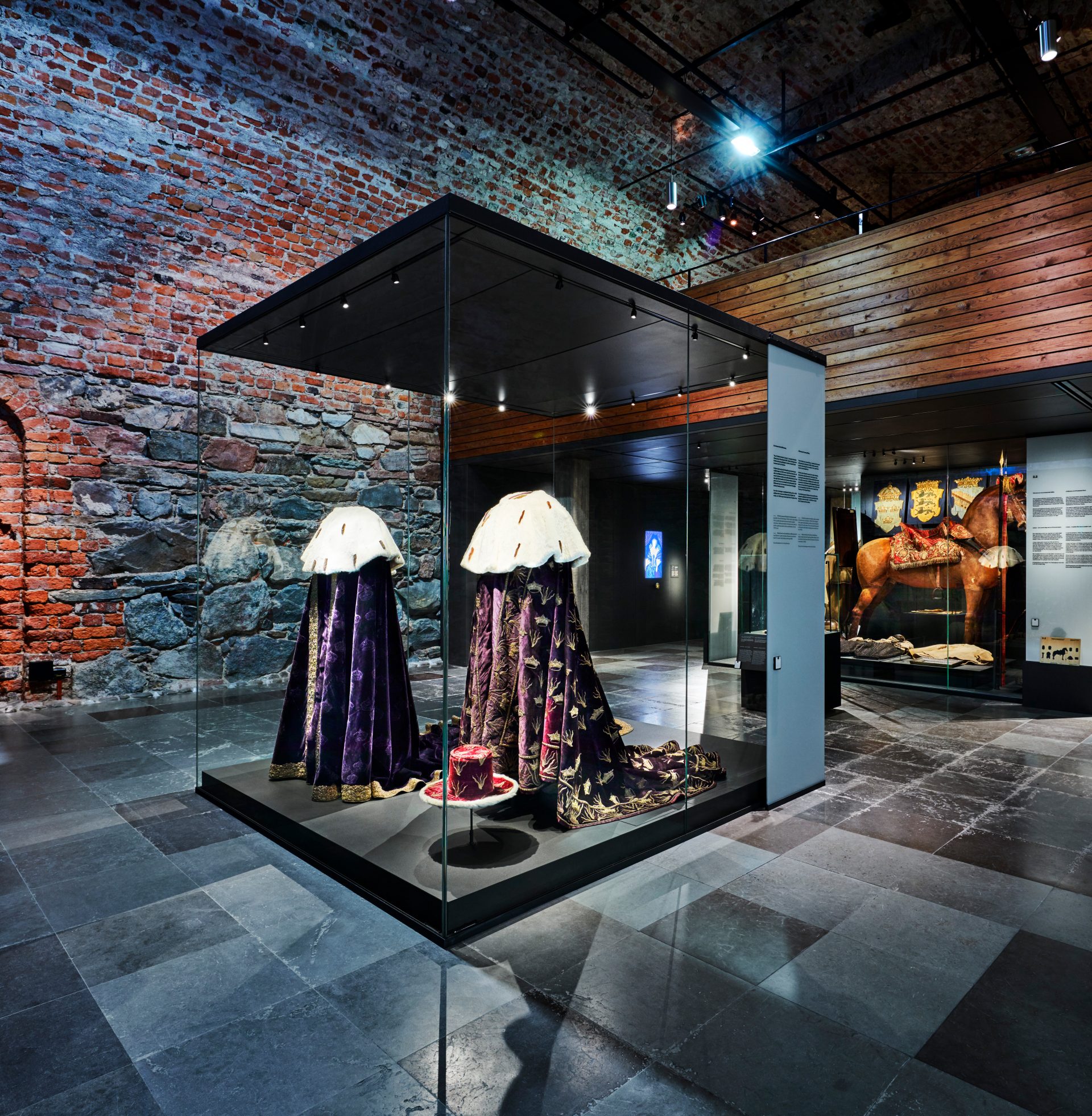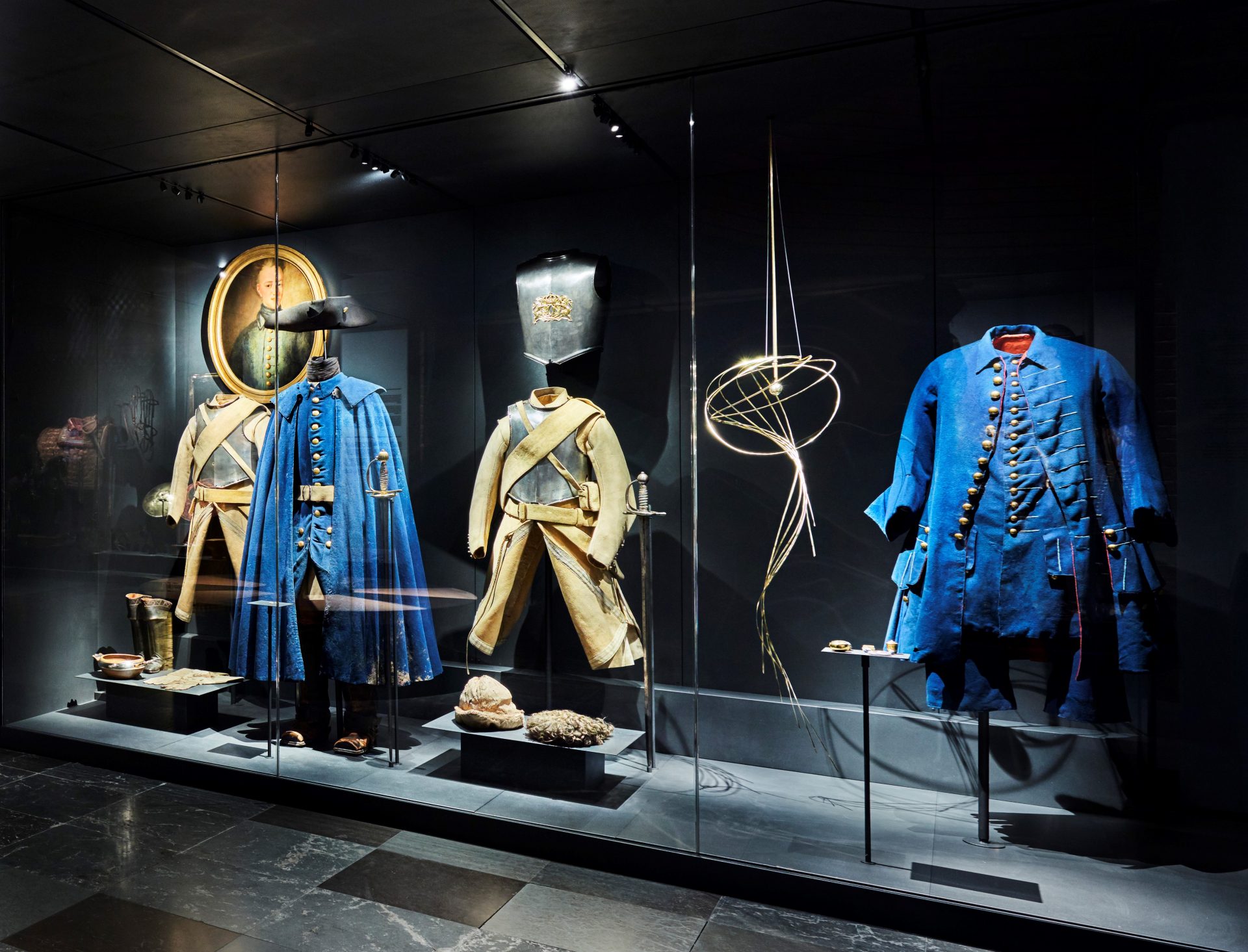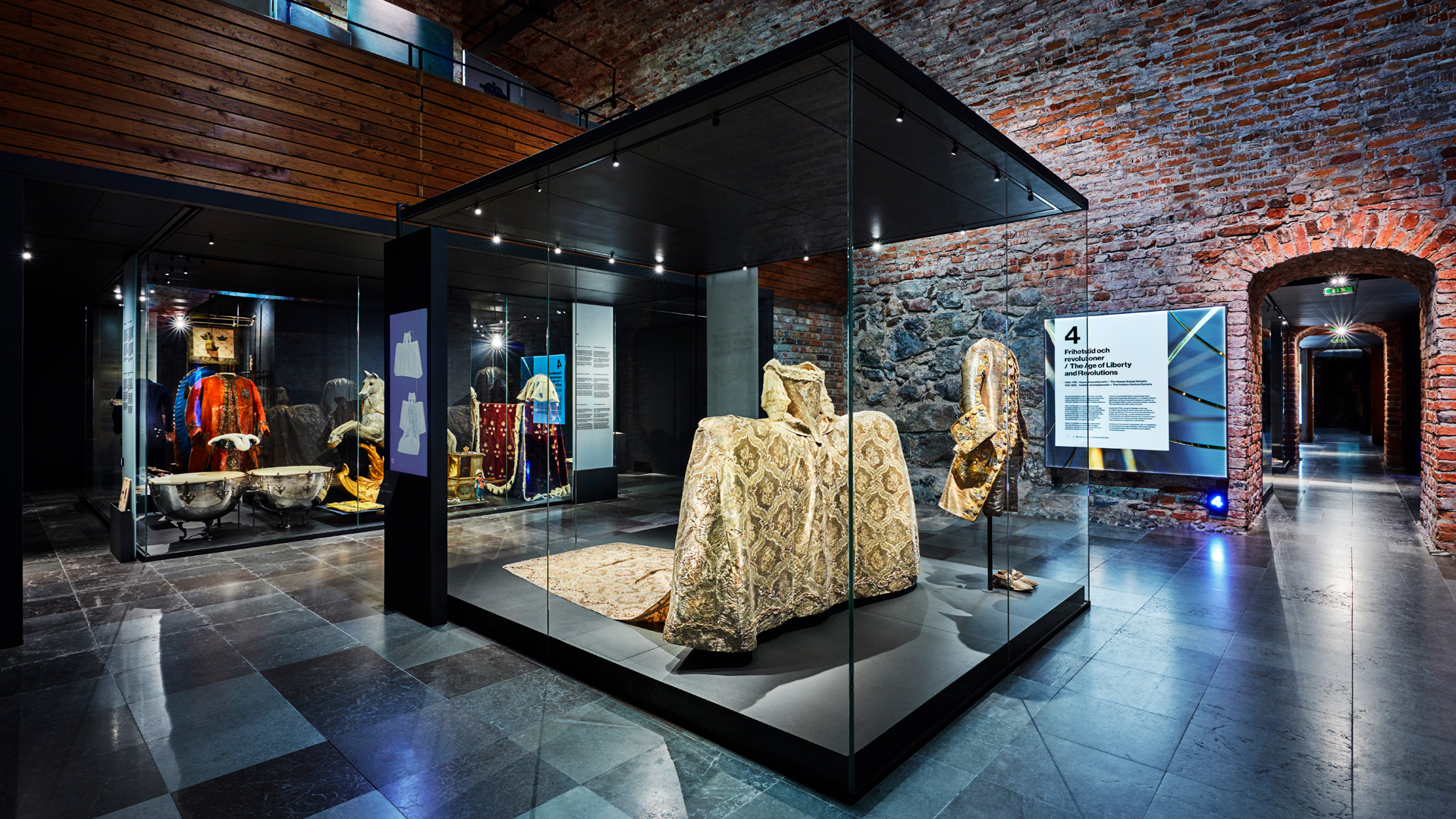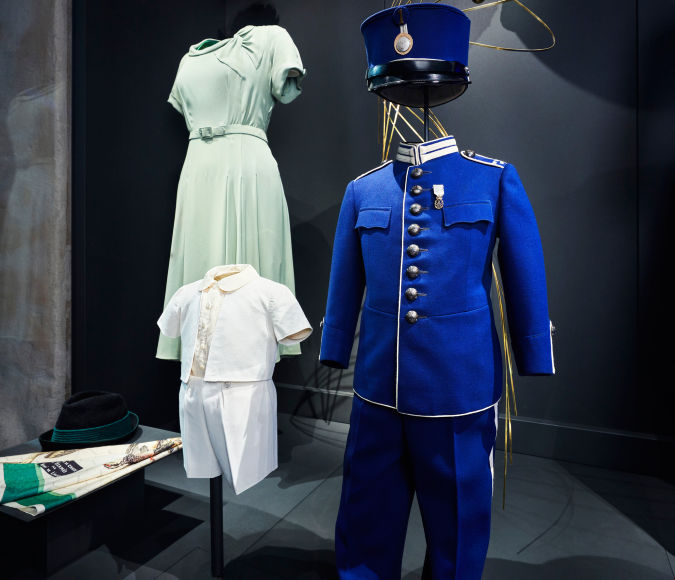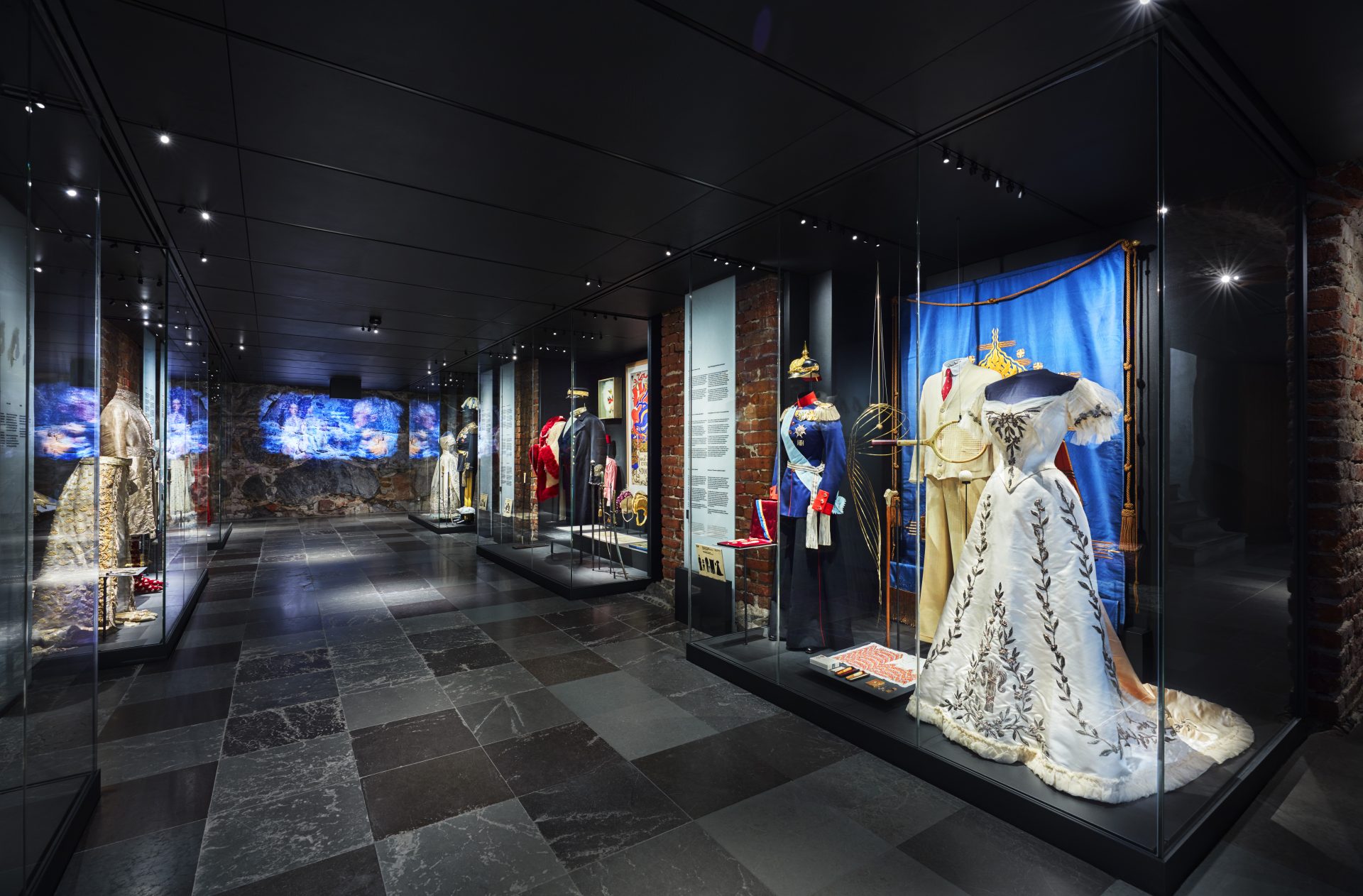
Nationalism and new ideals
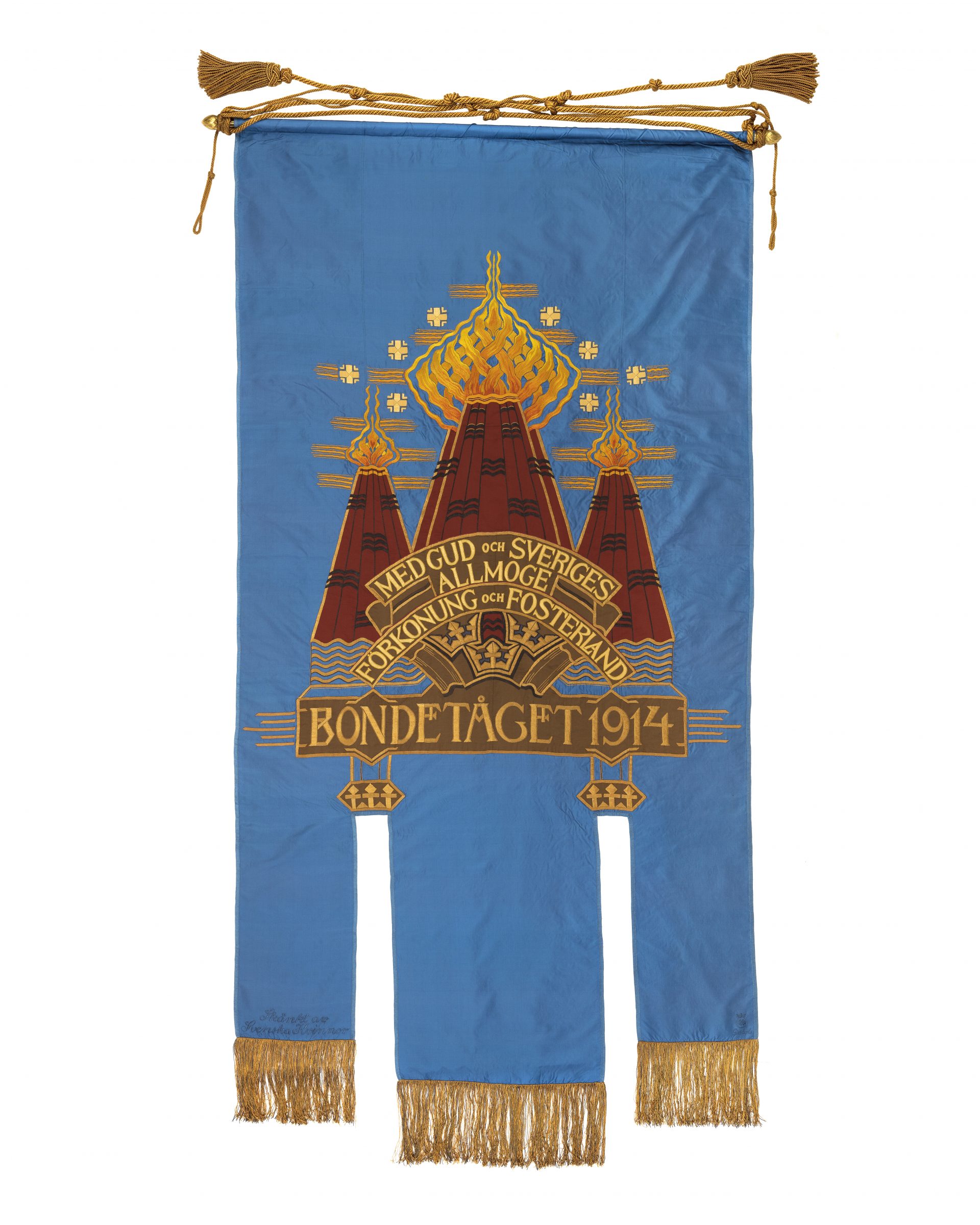
No heir to the throne
Karl XIII had been crowned King following Gustav IV Adolf’s removal in 1809. The new royal couple had no children and were old. Once more, the country had a King with no heirs. The Danish Prince Karl August was elected heir to the throne in 1809, but died of a stroke the following year. A delegation travelled to Paris to obtain Napoleon’s approval to choose Karl August’s brother. But one of the envoys came into contact with the Marshal Jean Baptiste Bernadotte. With Napoleon’s approval, Bernadotte agreed to become heir to the Swedish throne. He was elected at the Swedish parliamentary sitting in Örebro in 1810 and adopted by Karl XIII.
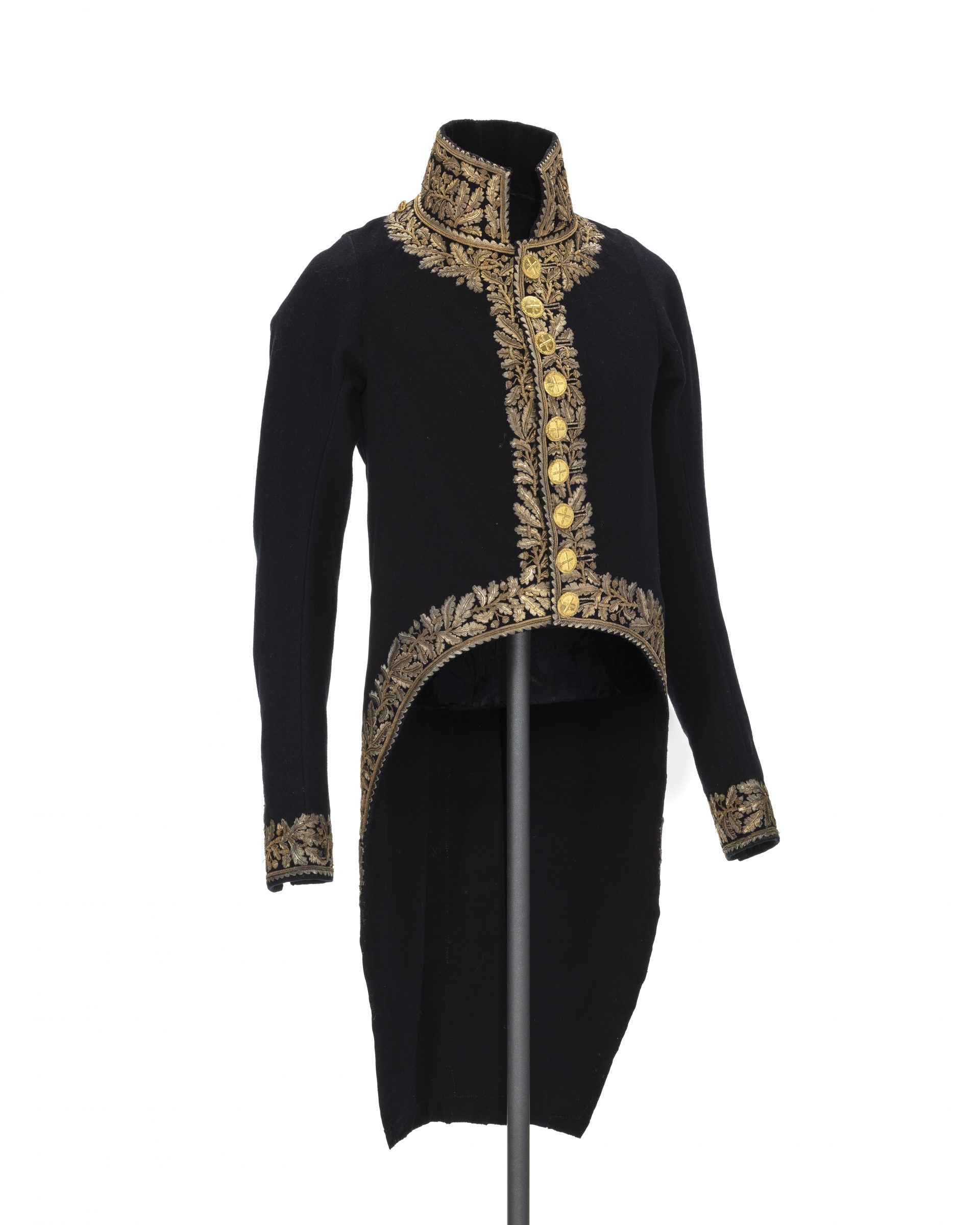
Those who had hoped that Napoleon would prove a powerful ally were to be disappointed. Bernadotte entered into an alliance with Russia and defeated the French army at Leipzig in 1813. After this, Bernadotte and the Swedish troops concentrated on Norway. The conquest was completed in 1814, and a union was formed between the two kingdoms.
A new dynasty
Jean Baptiste Bernadotte became the first in a new royal dynasty. In 1818, the 55-year-old Karl XIV Johan was crowned King of Sweden and Norway. His son, 18-year-old Oscar, became Crown Prince. The ceremonies were held in Stockholm Cathedral in May and in Nidaros Cathedral in Trondheim in September. Kalr XIV Johan’s wife Queen Desideria remained in Paris until 1823. She was not crowned until 1829, in her own ceremony.
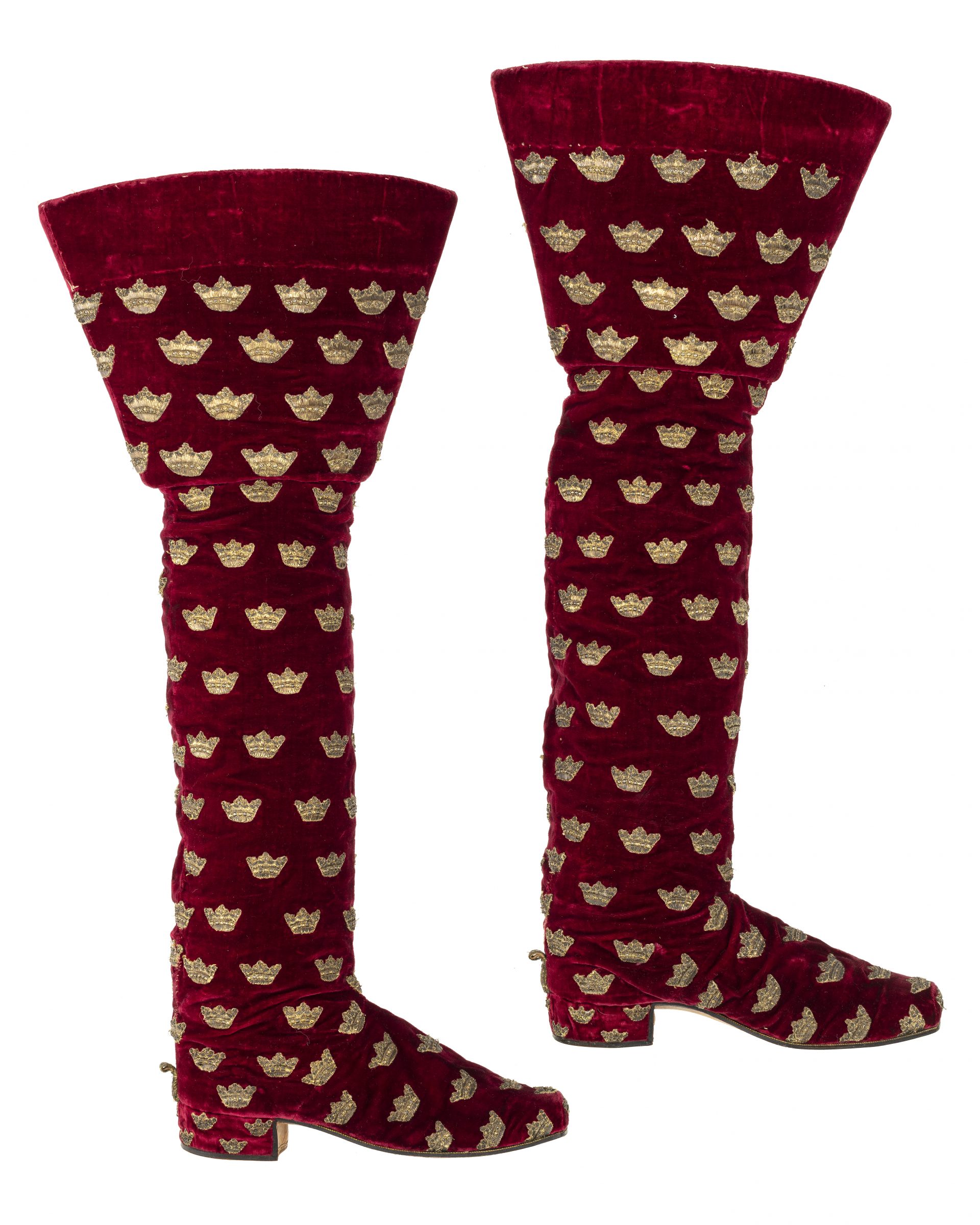
New generations
Princess Josephine of Leuchtenberg was only 16 years old when she married the Swedish Crown Prince Oscar (to become Oscar I). His choice of consort was very significant for the new dynasty. The marriage produced four princes and one princess.
At the Royal Palace, Josephine was a breath of fresh air. The princes had to share a simply decorated nursery and were raised in a similar way to other upper-class children around 1830. Two of the princes were also to become kings, Karl XV and Oscar II, who was also the last King of the Union. The union was dissolved in 1905 and Oscar II abdicated from the Norwegian throne. The King’s motto was changed from “The welfare of the brother peoples” to “The welfare of Sweden”.
A new time with different conditions
Oscar II died soon after this, and his son Gustaf V became king. King Gustaf and Queen Victoria decided not to be crowned, to reflect the age. During King Gustaf’s time, one of the most dramatic events in modern Swedish history took place. On 6 February 1914, 30,000 farmers from all over the country marched towards the Royal Palace.
Officially, the march of the farmers was a protest against Prime Minister Karl Staaff and the Liberal government’s defence policy. But there were also forces involved that wanted to strengthen the King’s position and halt the democratic development. The King gave a speech against the government, which resulted in the entire government resigning in protest. This event is known as the Courtyard Crisis.
